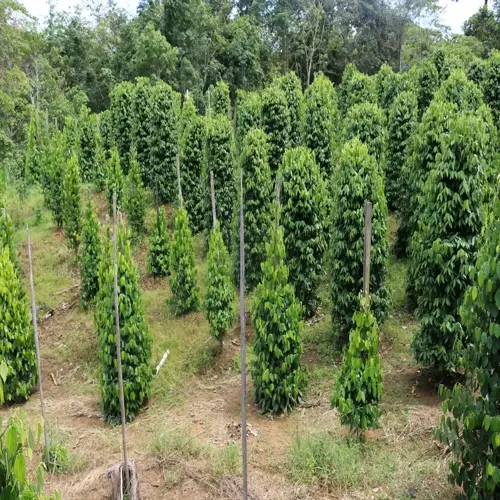What's the environmental impact of these amendments?

Written by
Nguyen Minh
Reviewed by
Prof. Martin Thorne, Ph.D.The environmental impact associated with gardening and landscaping encompasses soil amendments, such as perlite and vermiculite, whose production involves extracting non-renewable resources through mining. Refraining from the manufacturing process delivers sustainability benefits through agronomic practices. Through lifecycle analysis, I have sensibly calculated the impacts of these amendments while engaging in sustainable gardening behaviors.
Resource Extraction
- Perlite: Volcanic mining disturbs local ecosystems temporarily
- Vermiculite: Surface mining causes habitat fragmentation concerns
- Both: Require less land than peat bog destruction
Carbon Footprint
- Perlite: Lightweight = 40% lower transport emissions than alternatives
- Vermiculite: Energy-intensive expansion increases production footprint
- Both: Outperform shipped coconut coir in total emissions
Recycling perlite or vermiculite significantly reduces environmental costs. Sterilizing and reusing perlite for 5 seasons decreases the carbon footprint by 60%. The water consumption costs of vermiculite are lowered when it is reused 4 times. Keeping track of the cycle of reuse is what I do in my garden to promote sustainability.
Evaluate options carefully. Peat moss can lead to the complete and irreversible destruction of carbon-sequestering bogs. Coconut coir ships long distances and has high emissions. Perlite and vermiculite can have lower lifetime impacts if reused properly. Consider each option in terms of full lifecycle impact.
Carry out sustainable methods. Incorporate amendments to decrease total consumption. Harvest rainwater to reduce water usage for processing. Return used materials to suppliers with take-back programs. These measures will help minimize the environmental impact of gardening in an efficient manner.
Read the full article: Perlite vs Vermiculite: Ultimate Comparison Guide

